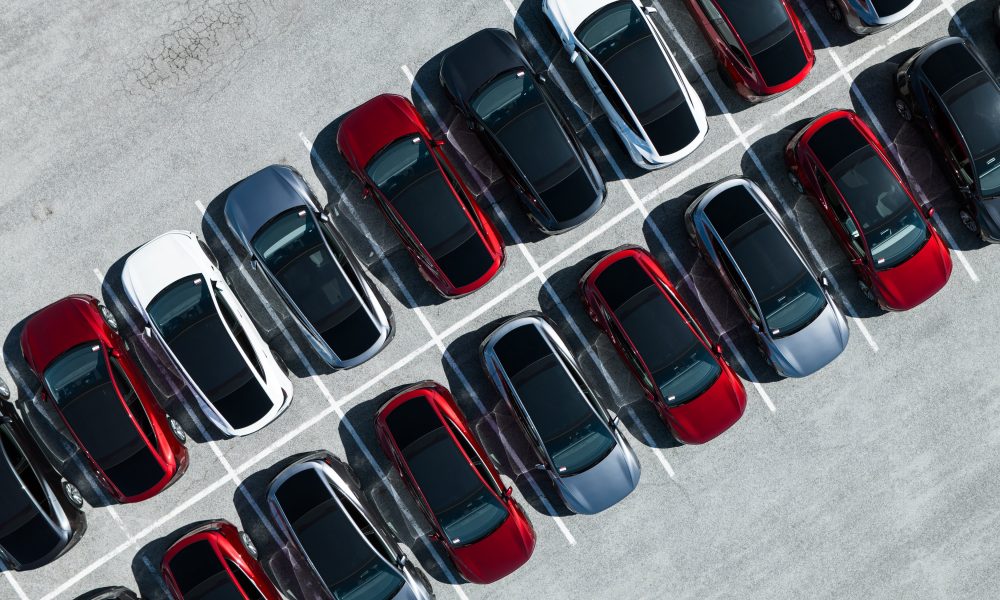Tesla has announced an expansion of its Robotaxi fleet in Austin, Texas, although the exact number of driverless vehicles currently operating in the city remains undisclosed. The company initially launched the Robotaxi service on June 22, 2025, with CEO Elon Musk indicating that the fleet would start small, comprising between ten and twenty vehicles. This cautious approach aimed to ensure safety and manage the challenges of entering a new market.
Despite the absence of specific fleet numbers, Tesla has made strides in expanding both the service area and the number of vehicles available. On Tuesday, the company announced its third geofence expansion, which now covers 173 square miles, significantly up from 91 square miles earlier in August. This larger service area now includes not only downtown Austin but also suburbs, the airport, and the Gigafactory Texas.
Tesla’s latest move positions it ahead of competitors, particularly Waymo, in the realm of autonomous ride-hailing services. While the company confirmed an increase in available vehicles by 50 percent, it refrained from providing an exact count, leading to speculation among industry observers. Skeptics often point to the presence of a Safety Monitor in the vehicles and the lack of transparency regarding the fleet size as key concerns.
The rapid expansion of the service area indicates a growing demand for Robotaxi rides, prompting the need for a larger fleet. Analysts suggest that the fleet could be anywhere from 30 to 75 vehicles, though this estimate includes operations in the Bay Area. Musk has previously mentioned plans to grow the Bay Area fleet to over 100 vehicles, indicating that further clarification on fleet numbers might emerge as the service in Austin continues to grow.
As Tesla navigates the complexities of launching a driverless ride-hailing service, the company has demonstrated a commitment to expanding its offerings while prioritizing safety. With the increasing number of people able to hail a Robotaxi, many industry observers will be watching for future updates on the fleet size and its operational developments in Austin.
